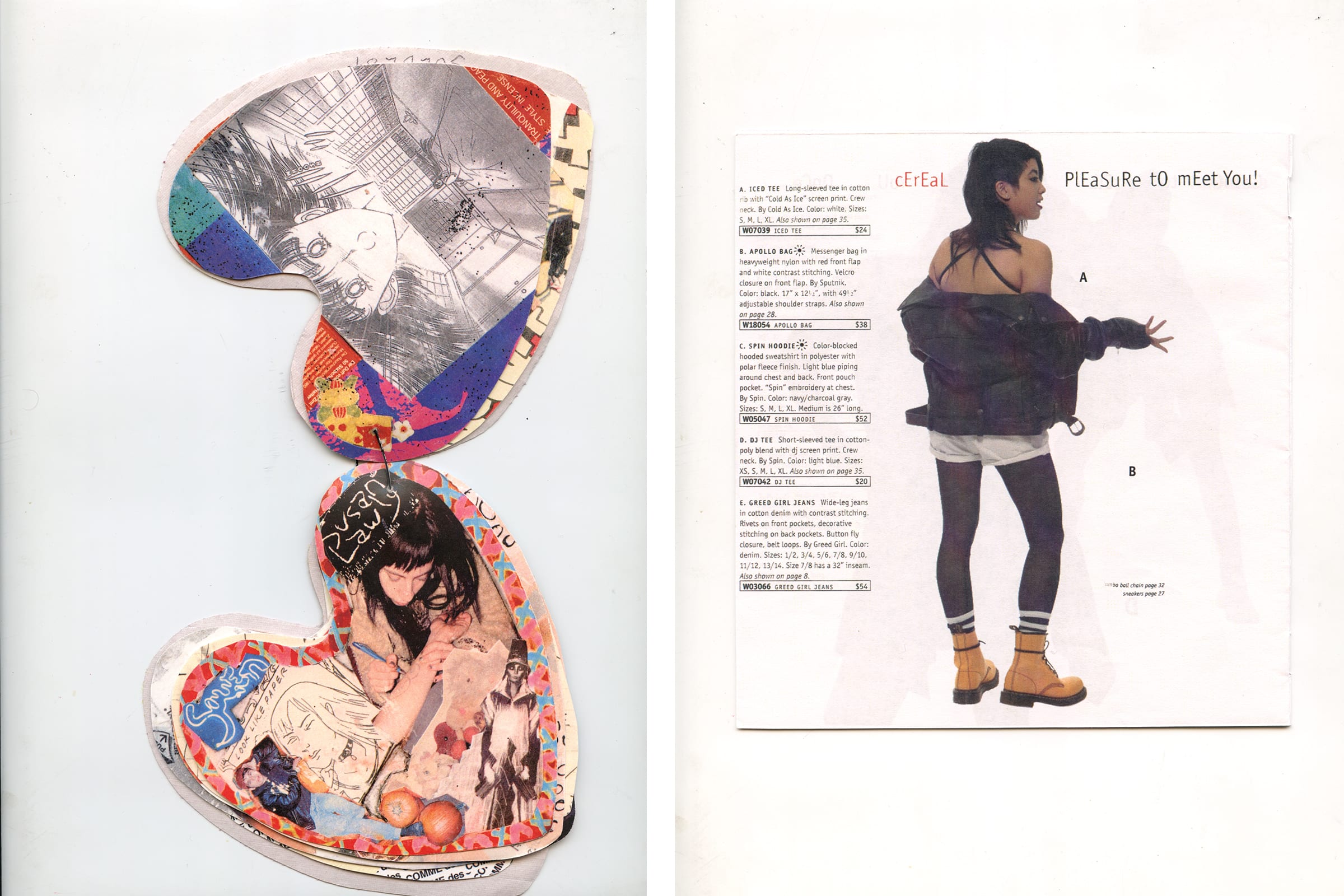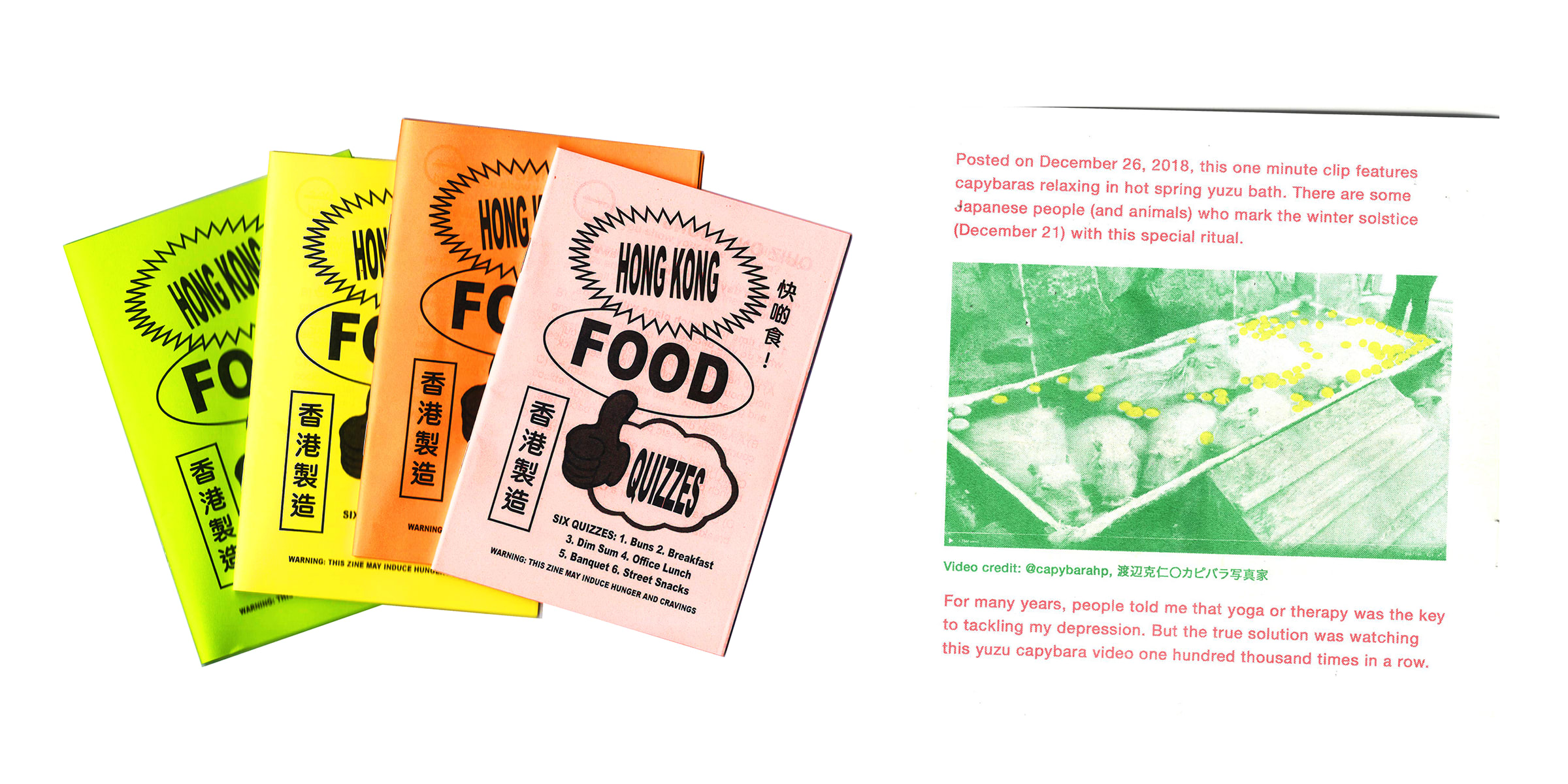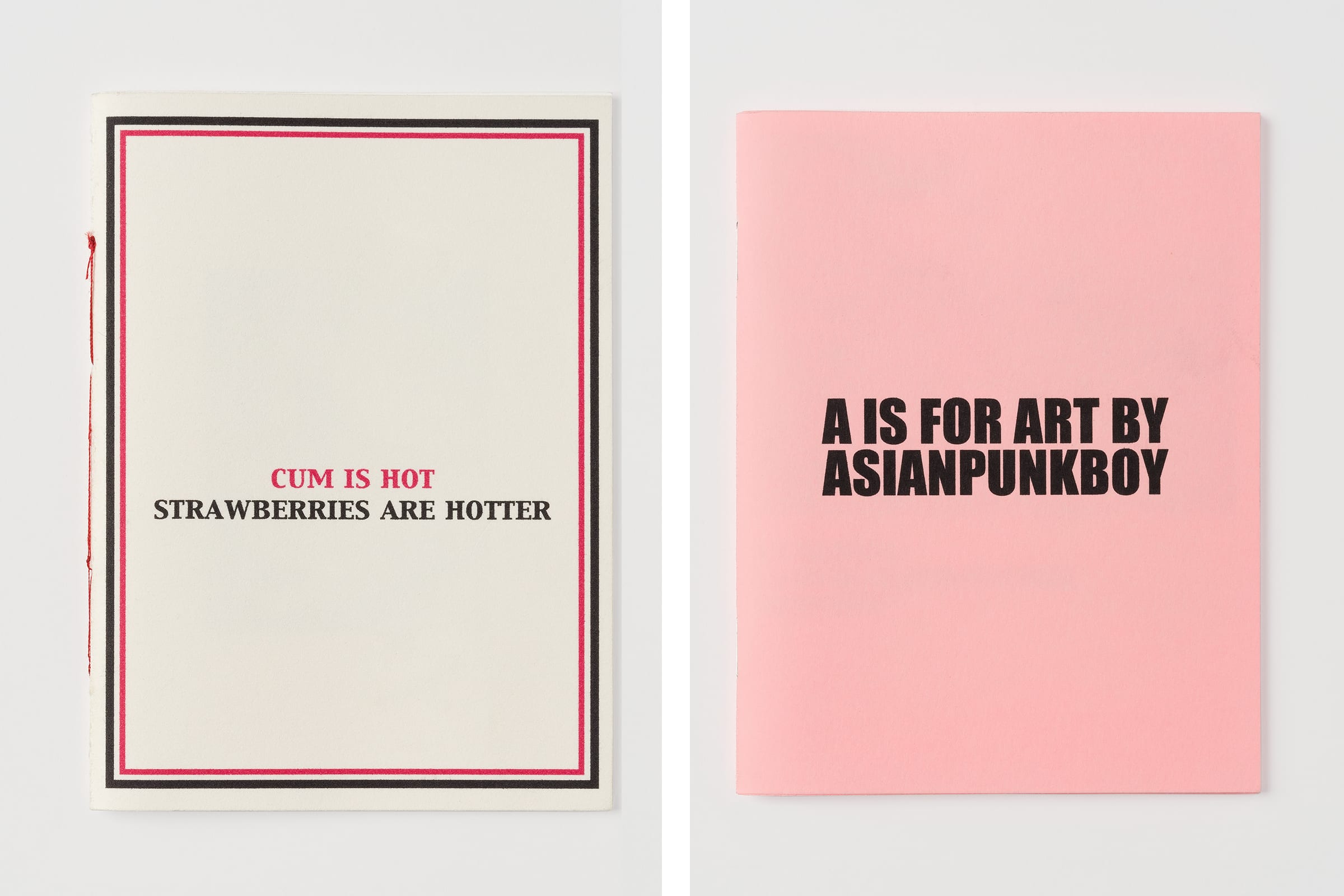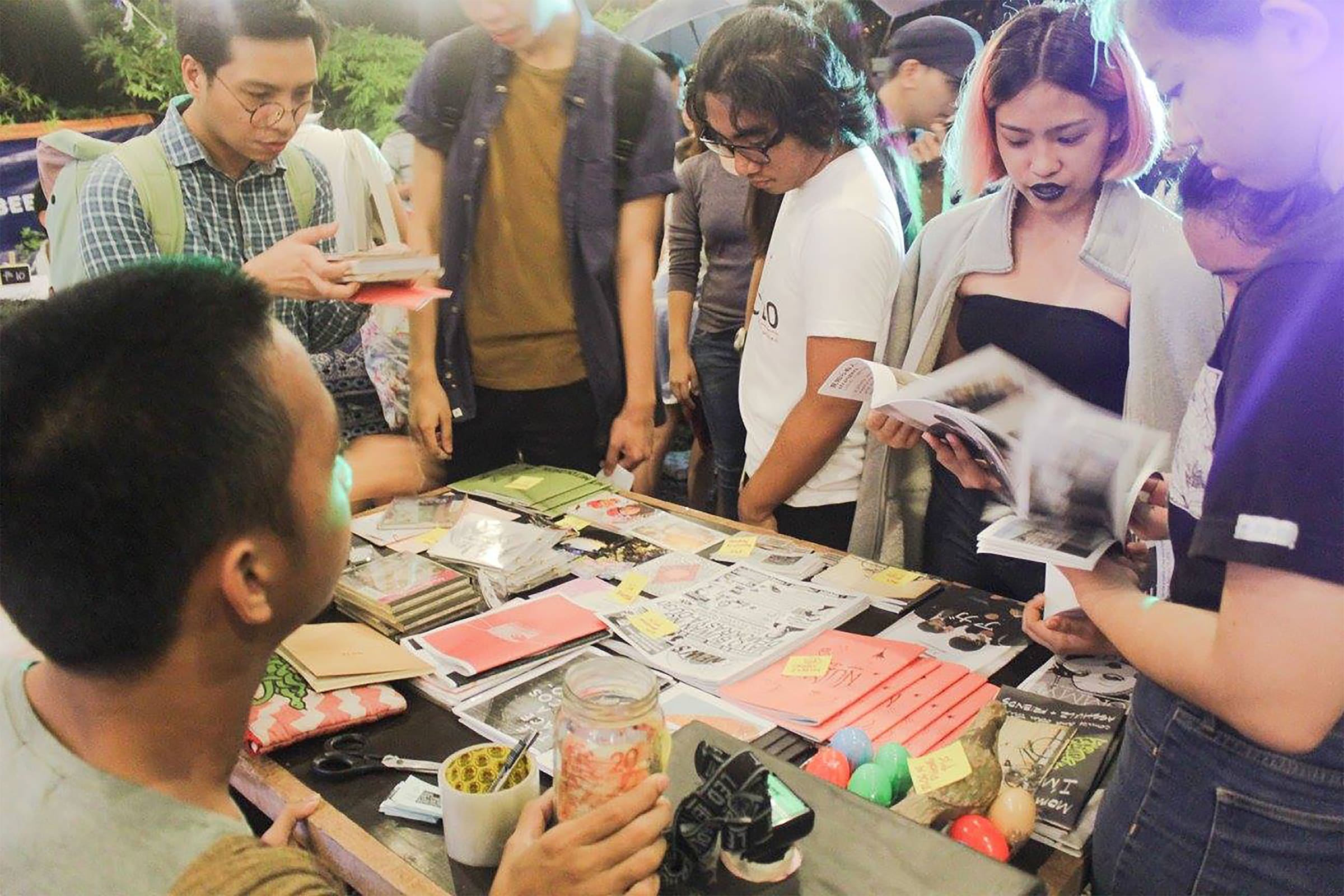When Xerox copiers entered the workplace in the 1960s, few could have foreseen that those big, buzzing machines would launch a bold new form of avant-garde expression: the zine.
Born out of access to cheap means of reproduction and a hunger for unmediated creativity, zines have been a powerful tool for artists and activists since the 1970s. They put the power of print in the hands of everyday people, who could suddenly amplify the voices of marginalized communities, underdog subcultures, and grassroots movements. Today, in a world dominated by glossy imagery and data-driven content, many artists continue to find that do-it-yourself media is more valuable than ever – a belief that is underlined in the exhibition ‘Copy Machine Manifestos: Artists Who Make Zines’ at the Brooklyn Museum.
Presenting over 800 objects by artists including Raymond Pettibon, David Wojnarowicz, Mark Gonzales, Vaginal Davis, Mirha-Soleil Ross, and Neta Bomani, the show delves into the history of the zine in North America. Ahead of the opening, Art Basel asked six artists from around the world about what zines mean to their practice today.

Maggie Lee is an American artist whose diaristic films, installations, writings, and zines address nostalgia, family, and pop culture. She began making zines as a young teen and translated her interest in self-publishing into blogging in the early 2000s. We asked Lee what motivates her to make zines in a digital age:
‘I like to pretend zines are prehistoric and archaic, like manuscripts, old scrolls, or hieroglyphs. It’s coded, like an underground language. I like the postal service and mail system, cutting and pasting, staying up late at night in a Kinko’s on a rolling chair [under the] fluorescent lights. It feels DIY and adult when you’re young; it’s rebellious. I also used to work in a photocopying center. I like the way Xerox machines function and how they’re instant. I don’t think I can ever get sick of it, almost like how one feels looking at the view of the New York City skyline when riding in a cab over a bridge. But zine-making is a labor of love. It’s cool to see something you made printed a hundred times, like it becomes more real. Or maybe I just like the way ink smells when prints come out of a copier.’

Bruce LaBruce
For over 40 years, Canadian artist and filmmaker Bruce LaBruce has been tackling taboos around sexuality, transgression, and pornography with boundary-pushing films, photographs, and writings. In 1985, he co-founded the queer punk zine J.D.s (short for ‘juvenile delinquents’). We asked him about the zine’s mission and how it impacted his practice:
‘In the mid 1980s, G.B. Jones and I published J.D.s out of frustration with the mainstream gay scene which was very white, bourgeois, and sometimes racist and misogynist. We wanted to do something more aesthetically and politically interesting, so we turned to punk. We soon realized that a lot of the supposedly “radical” punks didn’t accept homos, and they were also racist and sexist. J.D.s was a way of expressing our anger and frustration with both camps by making a fun, pornographic, and politically subversive publication that challenged them. We were schismatic, on the fringes of both scenes, outsiders amongst outsiders. Inspired by the Situationists, our idea with J.D.s was to make everyone think we were a full-blown homo punk movement happening in Toronto with dozens or even hundreds of members. In reality, it was just me and a couple of disgruntled girls who were into certain aspects of the old-school gay movement but much more interested in hardcore punk. Working on fanzines was very multi-disciplinarian: I learned how to do layout, design, and desktop publishing. I practiced photography, fiction and manifesto writing, and Situationist-style détournement. I made music and Super 8 movies, and I did my own distribution and promotion.’

Kaitlin Chan
Kaitlin Chan is a Hong Kong-based cartoonist whose touching comics and zines highlight personal, everyday moments. Actively engaged in artistic and literary communities in Hong Kong and beyond, Chan’s work has been published by outlets including The New Yorker and The Economist. We asked Chan what she thinks makes a zine successful:
‘On a recent visit to New York, my friend tipped me off about a second-hand bookstore with lively vintage tiles and a gently haunted atmosphere – the owner mentioned a ghost cat. I was immediately drawn to a special section for zines at the back. What makes a zine successful is similar to what makes or breaks a bookstore’s selection and mood: It’s intentional, something only the creator(s) can make, and speaks to whatever context it draws from. In this store, I found two zines that reminded me of what fueled my early experimentations in self-publishing: an urgent need to make legible and material my interior life. No grand pronouncements, just leaving traces for someone else to find one day.’

Terence Koh
Terence Koh is a Beijing-born Canadian artist who deals with spirituality, subculture, and sexuality through his durational performances, sculptures, installations, and digital media. For decades, Koh has been compiling photographs and texts into zines and custom books – formerly under the pseudonym ‘asianpunkboy’ and under his own name since 2004. When asked what motivates him to make zines in a digital age, he replied with a handwritten note:


Mac Andre Arboleda
When it comes to championing zines in the Philippines, Mac Andre Arboleda is at the head of the pack. He co-founded the publishing expo and festival Zine Orgy and the Artists for Digital Rights Network, an alliance of artist-advocates in the Asia-Pacific region. His own often-humorous zines explore politics and the internet’s impact on society. Arboleda shared his thoughts on the importance of zines:
‘Something I hold dear about zine-making, especially in the context I come from in the Philippines, is being able to resist the impositions of “success” and “impact.” I'm not interested in that, especially when it upholds a kind of meritocracy that makes a livable life inaccessible. In academia, publications contribute to tenure and stability. In the art or publishing world, a book often depends on sales, literary awards, etc. to be deemed valuable or worthy. The zine can be made by anyone, for anyone, and for any purpose. A zine can be intimate, collaborative, experimental, critical, authorless. It can be published as a quick response to crises without the violence of social media platforms: censorship, shadow banning, extraction. “Do-it-yourself” becomes “do-it-together!” To me, it is the hope that zine-making itself brings that invites celebration and meaningful connection.’
‘Copy Machine Manifestos: Artists Who Make Zines’ is on view at the Brooklyn Museum from November 17, 2023 to March 31, 2024.
Elliat Albrecht is a writer and editor based in Canada. She holds a BFA in Critical and Cultural Practices from Emily Carr University of Art + Design and an MA in Literary and Cultural Studies from the University of Hong Kong.
Published on November 15, 2023.
Caption for full-bleed image: Cover of the zine ‘Satan's Boy 666’ by Terence Koh (fka asianpunkboy). Courtesy of the artist.